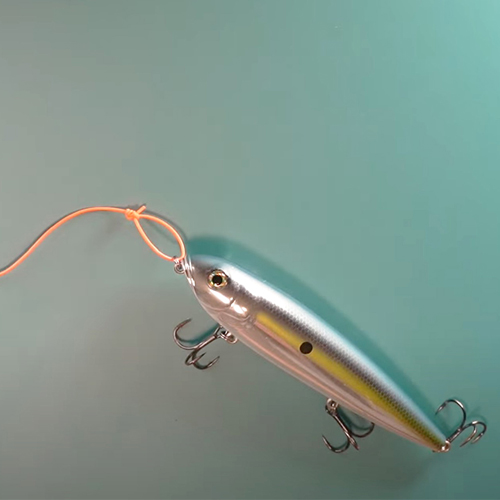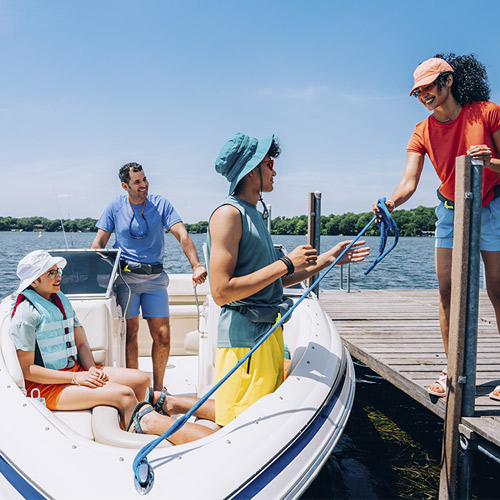Surf Fishing Tips
Surf fishing for beginners is easier than you think. Along with a few surf fishing basics, there are plenty of helpful surf fishing tips you can use when you are just starting out. With just a bit of research and the right gear, you will be ready to catch fish.
Some of the game fish you can catch from shore include striped bass, bluefish, spotted seatrout, flounder, red drum or pompano. One of the highlights of surf fishing for beginners is the chance to reel in a 30 to 40-pound striped bass from the ocean surf. That can be a very rewarding experience for any angler.
Surf Fishing Tips For Beginners
- Be sure to check the state fishing regulations prior to your first fishing trip. Some states require you to have a fishing license when fishing from the shoreline or from a fishing pier.
- Wear a pair of polarized sunglasses that cut through any glare so that you can spot fish in the water.
- Wear an elastic wading belt for safety when wearing chest waders. A wading belt will prevent water from flowing inside should you happen to fall.
- Use natural baits like squid, shrimp, or mullet to start out with. These types of baits tend to be the most effective, and they work well for several different species of fish.
- Keep your baits out of the sun by placing them inside of a cooler or bait bucket.
Surf Fishing Gear
Surf fishing for beginners is easy to get started with just a few surf fishing rigs, some natural saltwater bait, and a surf rod and reel combo. The gear you decide to use should be based on the target species you want to catch. You can use lighter gear and shorter rods for smaller species, while larger species will require heavier gear and a longer rod.
For example, you may want to use a 7 to 9-foot medium heavy fishing rod for smaller species like spotted seatrout, bluefish, flounder or pompano. Striped bass, red drum and sharks will require a longer, heavy rod that can cast up to 8 ounces of weight and are equipped with reels that have a high line capacity. For these larger species you should use a surf rod that is 12 to 15 feet in length with a heavy-duty saltwater spinning reel that has been set up with 20 to 25-pound line.
Surf Fishing Tackle
- Use sand spikes made of PVC that can be driven into the sand to hold your fishing rod in place.
- For fishing in the surf, you will want to use a fishfinder rig, two-hook bottom rig, or the popping cork rig. These rigs will help you get your baits in the portion of the water column where the fish are feeding.
- One of the key surf fishing tips to remember is to keep extra pyramid sinkers, egg sinkers, and a few teardrop sinkers that weigh up to 6 ounces stored inside of your tackle box. These sinkers will help hold your baits in place when you are fishing in areas where the current is strong and fast.
- Bring along extra leader material in 20, 30, 40, and 50-pound test weights. Use heavier leader line when fishing for large species in areas where there is structure, such as rocky shorelines or pier pilings.
- Use circle hooks in sizes 7/0 or 8/0 with larger baits that are used for species such as striped bass. For smaller species, like spotted seatrout you can downgrade the size of your circle hook to between a 2/0 and a 4/0, depending on the size of the bait you are using (with larger baits use larger hooks).
When To Surf Fish
Saltwater tides and weather play a major role in determining the best times to surf fish. While it is possible for fish bite anytime throughout the day, the optimal time to surf fish is when the tide is either rising or falling. During the hottest months of the year, plan to go fishing in the early morning or late afternoon when the tide moving (rising or falling). If you plan to surf fish during the winter, keep in mind that the days prior to a cold front will be your best opportunity to catch numbers of fish.
Where To Go Surf Fishing
If you aren't sure about the best places to fish, don't worry. You can surf fish almost anywhere along the beach or shoreline. However, when you take some extra time to choose your fishing spot, it often pays off. States such as Massachusetts, New Jersey, North Carolina, California, Florida, and Texas all offer good opportunities to catch fish from the surf.
Deep Holes
If you can, visit a local shoreline or beach when the tide is low and look for the shallow areas and the deeper holes. These bottom features will be much easier to see at low tide when water levels have dropped. The deeper holes are the areas where you should place your baits when you make your first cast.
Jetties
Aside from holes, keep an eye out for structure or spots along the beach that appears rocky or irregular. Rock jetties are usually a good place to try since rocks often hold plenty of small crustaceans and baitfish that larger, predatory game fish like to feed on. Once you find the structure, make a few casts at different depths until you can determine where in the water column the fish are feeding.
Remember that tide, wind, and surf conditions will change over the course of the day. The bite will likely turn on or off as these changes occur, so try a new area or switch to another depth until you start getting bites again. Equipped with these surf fishing tips, you will soon progress from the surf fishing for beginners level and be ready to try out other types of saltwater fishing.
Visit our next section to learn more about pier fishing.
KEEP LEARNING

How to Tie the Non-Slip Loop Knot
The non-slip loop knot is a popular and reliable choice for securing hooks, lures, and other tackle to your fishing line.
LEARN MORE

Socials
Take me fishing social media links
LEARN MORE

TakeMeFishing x Teen Vogue
Join us on a creative journey as fashion designer Ahmrii Johnson walks us through her collaborative vision and process with Teen Vogue and fashion brand, Rentrayage, to create a special piece.
LEARN MORE


.png?lang=en-US&ext=.png)